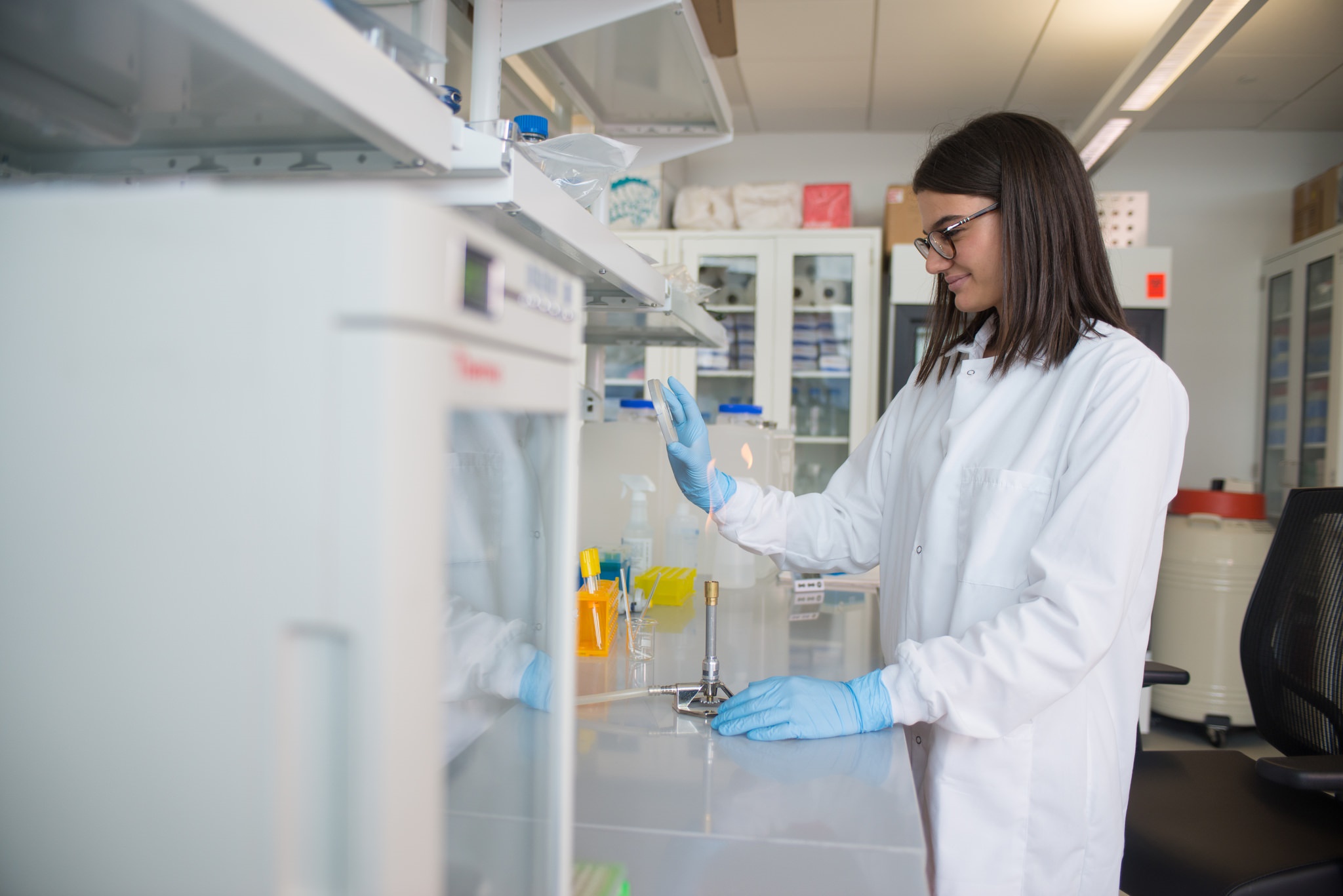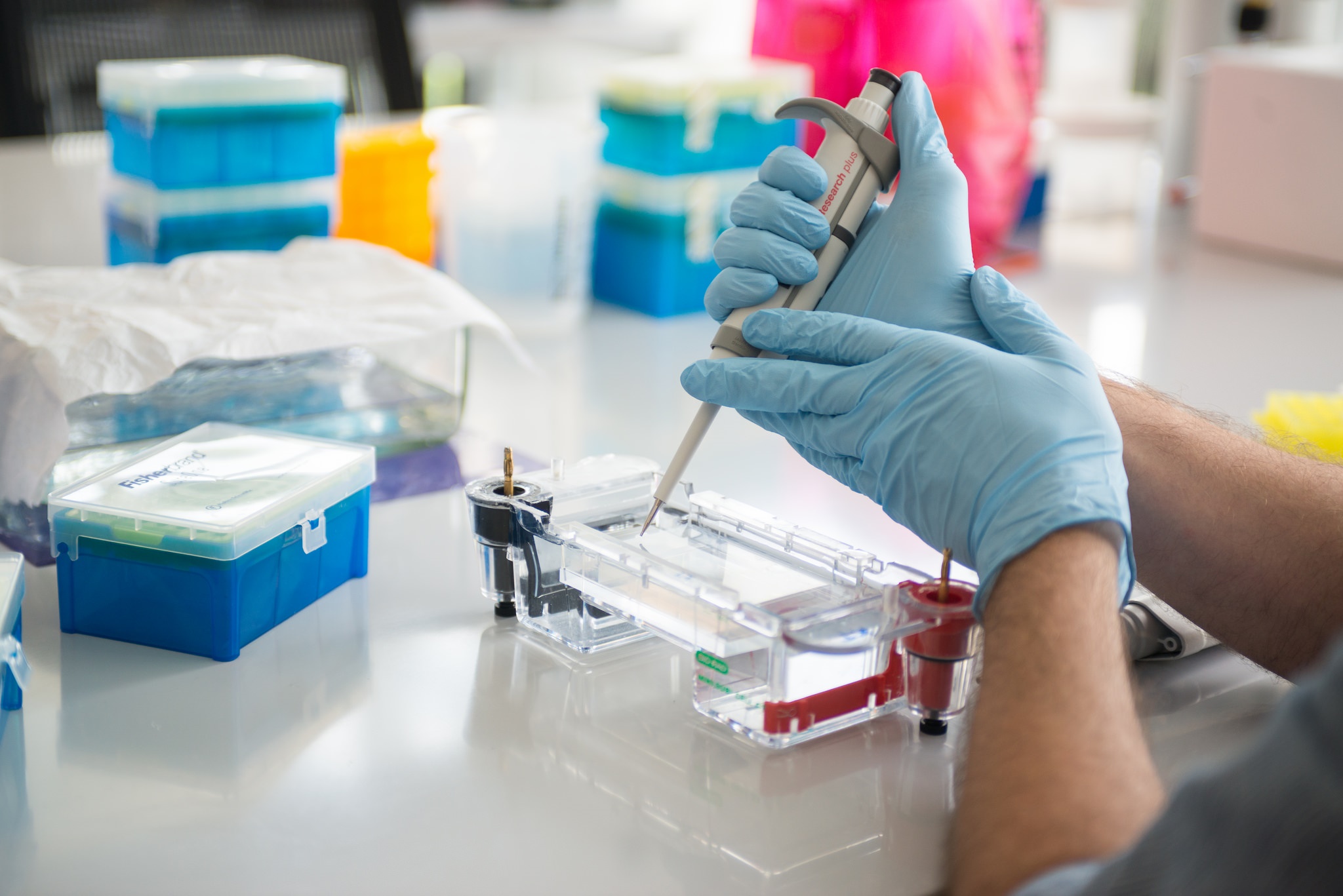Department
About the lab
The long-term goal of this laboratory is to study the pathogenic mechanisms induced by environmental toxicants, genetic mutations and gene-environment interactions in Parkinson’s disease (PD) with the ultimate goal of developing disease-modifying therapeutics for this brain disorder.
Overall, the research projects in this laboratory address the following fundamental questions:
- Gene-environment interactions: Do mutations linked to PD render dopamine neurons more susceptible to environmental toxicants?
- Glia-neuron interactions: How do glial cells contribute to the vulnerability of dopamine neurons in PD?
Dynamin-related protein (Drp1) is classically known as a mitochondrial fission protein. However, Dr. Kim Tieu’s research team has recently discovered that blocking Drp1 alleviates autophagic inhibition, independent of its mitochondrial function. Rigorous studies are being conducted to investigate whether blocking Drp1 would reduce the spread and aggregation of toxic proteins, neuroinflammation, mitochondrial and autophagic impairment. The ultimate goal is to determine whether this protein can be targeted for PD treatment.
To address these questions, Dr. Tieu’s laboratory utilizes innovative and transdisciplinary approaches from a team of accomplished investigators with relevant established track records, a wide range of chemical and genetic tools, high standard techniques and innovative experimental models for molecular target manipulations with functional studies at cellular, circuit and whole animal levels.
Awards
Dr. Tieu's lab has been awarded the NIEHS Revolutionizing Innovative, Visionary Environmental Health Research(RIVER) grant after discovering a new function of a protein that could be targeted as potential therapeutics for neurological disorders such as Parkinson’s disease.
The Parkinson's Disease Research Lab on FIU Insights
Watch Mitochondria Mysteries: The Secret Weapon Against Parkinson's and dive into the science behind how healthy mitochondria can protect neurons, prevent toxic buildup, and preserve brain function, offering hope for those battling Parkinson’s and other neurodegenerative disorders.







